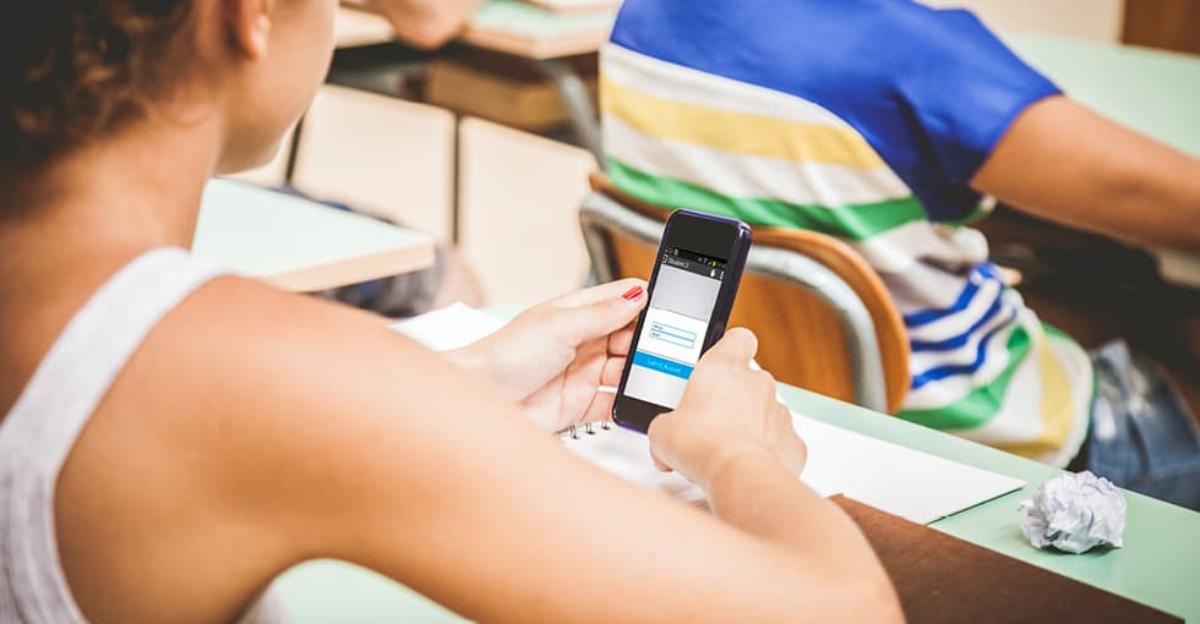While the bring your own device (BYOD) revolution has made the rounds in business environments, school administrators and teachers have, understandably, shown more resistance to accepting the presence of students’ own smartphones and tablets in the classroom. As an educator, you understand how challenging it can be to keep students’ attention, under the most disciplined and distraction-free circumstances, so the thought of inviting something chock full of games, music and videos probably seems like inviting the enemy into your camp.
As counterintuitive as it might seem, though, some school administrations and their dedicated teaching staff are finding success adopting and adapting BYOD into their learning environment to help students discover, and use, their personal devices to improve their learning capabilities.
While the thought of incorporating BYOD into your classroom might seem like it is fraught with potential frustration and growing pains, you can do it. Try some of the following 4 ways to make BYOD work in your classroom.
1. Establish and Communicate Clear BYOD Rules and Expectations. As you and your school district work to include BYOD into your teaching plan, you need to work in tandem, as well as with your school district’s IT department, to make sure students understand the purpose of bringing their devices each day. Students need to understand that they may only use their device under your supervision and according to your lesson plan, which means they only visit certain websites and use applications that the school administration approves or provides. These rules are important for security issues as much as they work against adding to potential distractions for students.
2. Consider BYOD a Chance to Explore Issues of Etiquette and Safety in the Digital Age. Building on the first tip, you can use BYOD policies to acknowledge the increasing presence of technology in society. You can create a dialog about appropriate usage, such as when it is impolite or unsafe, and ask students to carefully consider their usage outside the classroom, as well as when in an official learning environment.
3. Allow for the Possibility That Not All Students Have Personal Devices. While The Boston Globe reports that 73 percent of teens own a smartphone, that still leaves out 27 percent of students. Whether students cannot afford the technology — or regardless of the reason — your school district needs to account for this scenario and provide a certain number of devices for classroom use, or find another tenable solution to make sure students do not feel left out of the modern learning process.
With commitment and open dialog, you and your students will eventually find the right balance of including smartphones and tablets in your classroom with minimal distractions.






Leave a Reply